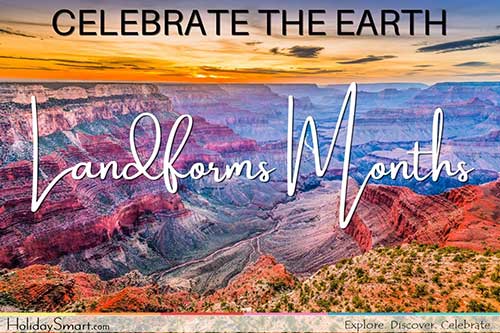Mahatma Gandhi Jayanti
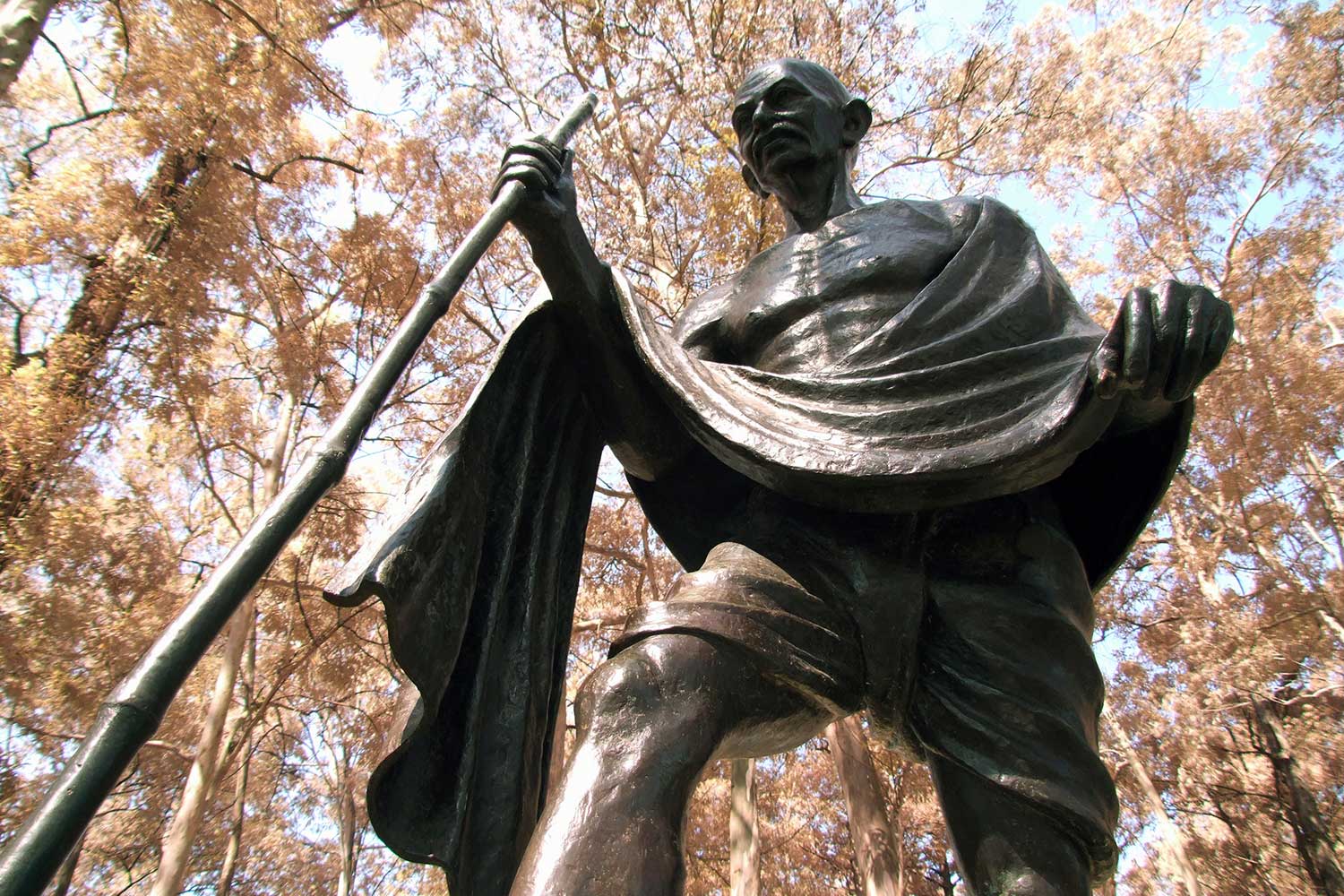
There are only a few people in the world who have led their nations and people in a way that world still follows their path and pay tributes. Mohandas Karamchand Gandhi is among the most renewed leaders in the world who through his ideas, values of non-violence have changed the lives of millions and made the world a better place to live. Millions of people all across the world still follows his values and ideas. India has given a title to him as Father of the Nation and celebrates his birthday on 2nd October each year as a national holiday in India. Gandhi Jayanti is also known as a Dry day where no alcohol is available anywhere on this holiday in India.
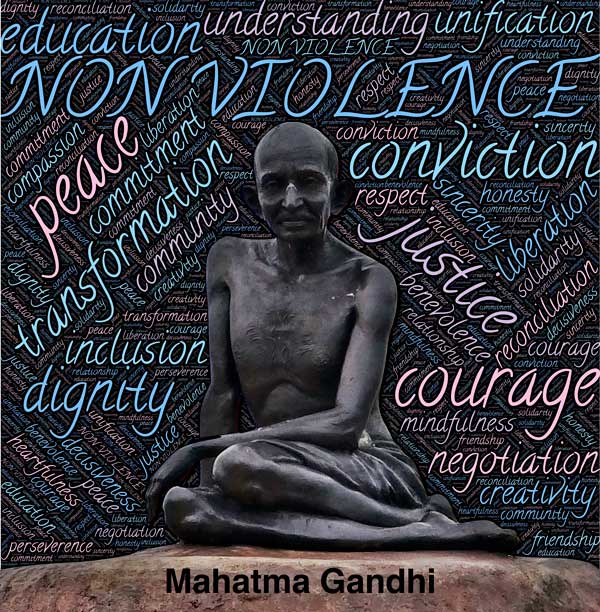
History of Mahatma Gandhi
October 2nd, 2019 was the 150th birth anniversary of Mohandas Karamchand Gandhi also known as ‘father of the nation’. Mahatma Gandhi was born on 2nd October 1869 in Porbandar India. He was the youngest child of his father’s fourth wife. His father Karamchand Gandhi was the chief minister of Porbandar state (now known as Gujrat) under British suzerainty who worked as an administrator who knew how to steer his way between the capricious princes and the headstrong British political officers in power. Gandhi Ji in his childhood was deeply influenced by the stories of Shravana and Harishchandra that reflected the importance of truth. Through these stories and his religion, he understood that truth and love are among the supreme values. Mohandas married Kasturba Makhanji at the age of 13. Gandhi revealed in his autobiography that this marriage was nothing to him and he was only excited to wear new clothes. He also stated that he could not concentrate on his studies and school because of his new wife. After completion of his schooling, Gandhi went to London to study law where he joined a vegetarian society that introduced him to Bhagavat Gita which influenced the entire life of Gandhi.
Gandhi returned to India but was struggling to find a good job. Later, a merchant named Dada Abdullah offered Gandhi to be a lawyer of his cousin in South Africa. He accepted the offer and went to Africa to work as a Lawyer. But he faced a lot of discrimination and humiliation because of his color. He did not let that happened to him therefore he became an activist and took many cases to fight for the right of many Indians and other minorities who faced discrimination in Africa. Gandhi after looking at how bad the conditions were established an organization named ‘Natal Indian Congress’. Gandhi was influenced by the idea of Satyagraha (devotion of truth) and implemented a non-violence protest in 1906. After serving 21 years in Africa to fight for civil rights, he moved back to India in 1915.
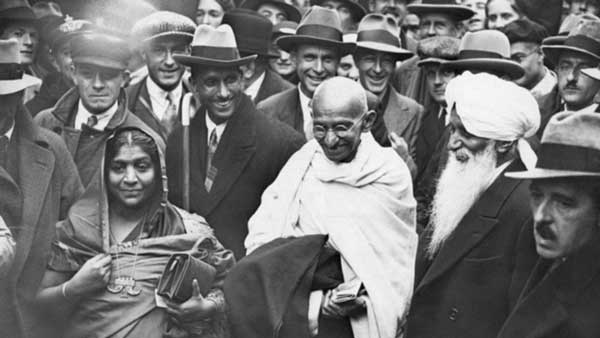
After his long stay in South Africa and his activism against the racist policy of the British, Gandhi had earned the reputation as a nationalist, theorist and organizer. Gopal Krishna Gokhale, a leader of the Indian National Congress invited Gandhi to join India’s struggle for independence against British rule. Champaran Satyagraha was the first major success of Gandhi after arriving in India. Britishers forced peasants to grow indigo who’s demand was declining and were forced to sell them at the fixed price. Farmers approached Gandhiji for help, where Gandhiji with a non-violent agitation shocked the Britishers and made them back off from harming the farmers.
There were many other movements that Gandhi organized such as kheda Satyagraha, Khilafat movement, Swaraj, etc but one of the most important was the non-cooperation movement. Gandhiji urged the people of India to stop corporation with Britishers because he believed that Britishers are ruling just because Indians are cooperating with them. He had cautioned the British not to pass the Rowlatt Act, but they did not pay any attention to his words and passed the Act. Gandhiji asked everyone to start civil disobedience against the British. The British began suppressing the civil disobedience movement by force and opened fire on a peaceful crowd in Delhi. The British asked Gandhiji to not enter Delhi which he defied as a result of which he was arrested and this further enraged people and they rioted. He urged people to show unity, non-violence, and respect for human life. But the British responded aggressively to this and arrested many protesters.
On 13 April 1919, a British officer, Dyer, ordered his forces to open fire on a peaceful gathering, including women and children, in Amritsar’s Jallianwala Bagh. As a result of this, hundreds of innocent Hindu and Sikh civilians were killed. But Gandhi criticized the protesters instead of blaming the English and asked Indians to use love while dealing with the hatred of the British. He urged the Indians to refrain from all kinds of non-violence and went on fast-to-death to pressure Indians to stop their rioting.
In 1927, the British had appointed Sir John Simon as the head of a new constitutional reform commission, popularly known as the ‘Simon Commission’. There was not even a single Indian in the commission. Agitated by this, Gandhi passed a resolution at the Calcutta Congress in December 1928, calling on the British government to grant India dominion status. In case of non-compliance with this demand, the British were to face a new campaign of non-violence, having its goal as complete independence for the country. The resolution was rejected by the British. The flag of India was unfurled by the Indian National Congress on 31st December 1929 at its Lahore session. January 26, 1930 was celebrated as the Independence Day of India.
But the British failed to recognize it and soon they levied a tax on salt and Salt Satyagraha was launched in March 1930, as an opposition to this move. Gandhi started the Dandi March with his followers in March, going from Ahmedabad to Dandi on foot. The protest was successful and resulted in the Gandhi-Irwin Pact in March 1931. As World War II progressed, Mahatma Gandhi intensified his protests for the complete independence of India. He drafted a resolution calling for the British to Quit India. The 'Quit India Movement' or the 'Bharat Chhodo Andolan' was the most aggressive movement launched by the Indian National Congress under the leadership of Mahatma Gandhi. Gandhi was arrested on 9th August 1942 and was held for two years. The Quit India Movement came to an end by the end of 1943 when the British gave hints that complete power would be transferred to the people of India. Gandhi called off the movement which resulted in the release of 100,000 political prisoners.
The independence cum partition proposal offered by the British Cabinet Mission in 1946 was accepted by the Congress, despite being advised otherwise by Mahatma Gandhi. Sardar Patel convinced Gandhi that it was the only way to avoid civil war and he reluctantly gave his consent. After India's independence, Gandhi focused on the peace and unity of Hindus and Muslims. He launched his last fast-unto-death in Delhi and asked people to stop communal violence and emphasized that the payment of Rs. 55 crores, as per the Partition Council agreement, be made to Pakistan. Ultimately, all political leaders conceded to his wishes and he broke his fast.
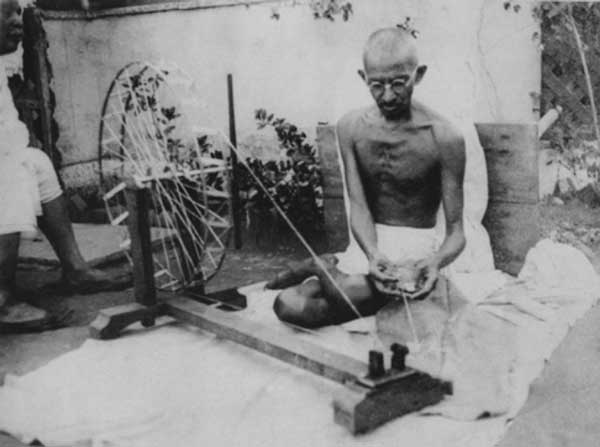
The inspiring life of Mahatma Gandhi came to an end on 30th January 1948, when he was shot by a fanatic Nathuram Godse, at point-blank range. Nathuram was a Hindu radical, who held Gandhi responsible for weakening India by ensuring the partition payment to Pakistan. Godse and his co-conspirator, Narayan Apte, were later tried and convicted. They were executed on 15th November 1949.
Click here to learn about how Mahatma Gandhi Jayanti is celebrated in India



